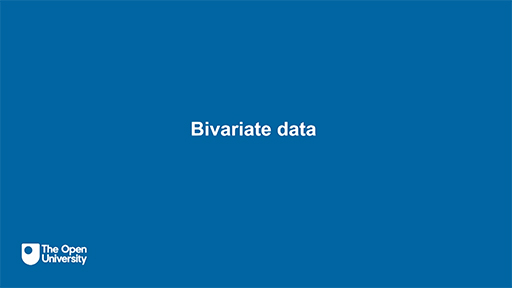3 Bivariate data
Bivariate data refers to an instance in which two separate variables are examined and compared. For example, a performance manager may be interested to know how long (time) it takes employees to complete their assigned task (output). In other words, the interest is to measure the efficiency of the employees. In this example, the performance manager is examining two variables: time and output.
Bivariate data is collected to explore the relationship between two variables and then uses this relationship to inform future decisions. One of the main aims of the researcher is to find out whether changes in one variable might be caused by changes in the other variable. This type of research involves two basic types of variables: independent variables and dependent variables.
Independent variables: An independent variable is one that stands alone and is not changed by the other variable you are trying to measure. The researcher changes the independent variable to see the effect it will have on the dependent variable.
Dependent variables: A dependent variable is the one that changes because of independent variable manipulation. It is the outcome you are interested in measuring, and it ‘depends’ on your independent variable. In statistics, dependent variables are also called response variables (as they respond to a change in another variable).
For example, say a researcher is interested to know if mature students’ performance in a maths class changes based on the time of the class. To answer this question, the researcher measures mature students’ performance in a morning class and an evening class. The study finds that mature students perform better in the evening class than in the morning class.
What are the independent and dependent variables in the example above? The independent variable is the time of the class, and the dependent variable is mature students’ performance in maths, as it might change in relation to the independent variable.
In the next activity, you will expand your knowledge of bivariate data.
Activity 8: Bivariate data
Watch the following video and make notes on bivariate data in the free response box below.

Transcript: Video 2
Bivariate data can be visualised using contingency tables and scatter diagrams. In the next section you will learn about contingency tables
